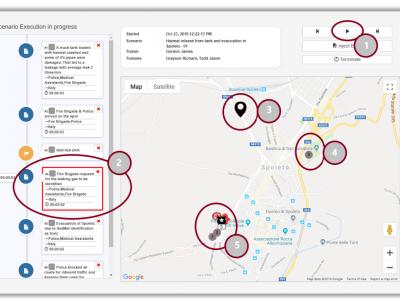Forest fires: climate change
Understanding how future changes in climate will affect forest fires and associated emissions of greenhouse gases, in Europe and globally, is important to determine adaptation and potential of forests.
Potential Solutions
Climate affects forest fires directly, by way of the weather during fire ignition and propagation, and indirectly through its effects on vegetation and fuels. Climate change projections for this century in the southern countries of the EU anticipate an increase in temperature that exceeds the global average, as well as a reduction in rainfall. Moreover, extreme temperature events and droughts are also projected to increase. Understanding how future changes in climate will affect forest fires and associated emissions of greenhouse gases, in Europe and globally, is important to determine adaptation and potential of forests. In addition, ecosystem to fire under extreme meteorological conditions is not well known.
Rationale & related CM function(s)
 |
Portfolio of Solutions web site has been initially developed in the scope of DRIVER+ project. Today, the service is managed by AIT Austrian Institute of Technology GmbH., for the benefit of the European Management. PoS is endorsed and supported by the Disaster Competence Network Austria (DCNA) as well as by the STAMINA and TeamAware H2020 projects. |

